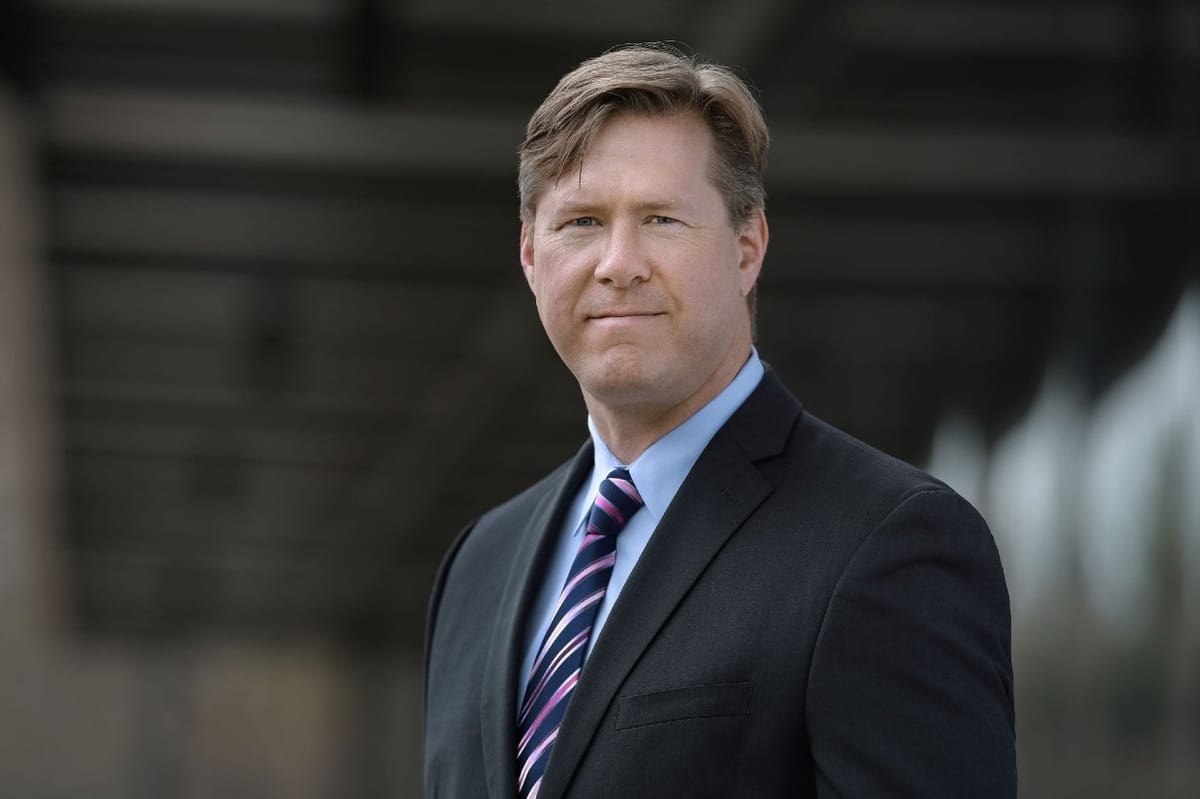Analyzing BEAD Eligibility, Service and Competition Gaps in One Florida County
The report shows a county not only rich in eligible locations, but also opportunities for competing with incumbent providers.
Joe Ross

Televate has developed software that conducts detailed analysis of the FCC Broadband Data Collection (BDC) service data nationwide. Processing this data routinely (at least monthly) provides us with a tremendous amount of insight into broadband service throughout the country.
We recently released our Televate Broadband Reports, which contain standardized data sets, graphs, and maps that present information about the most recent data (in this case, service as it was available on December 31, 2023 and updated by the FCC on July 23, 2024). We ran our full suite of analytics for Marion County, Florida as an example of the wealth of information the reports provide.
What jumps out immediately for Marion County is the number of unserved and underserved locations (not exceeding 25 Mbps down and 3 Mbps down, and 100 Mbps down and 20 Mbps up respectively), which are fundable through the Federal government’s Broadband Equity Access and Deployment grant. Due to Florida’s election to designate DSL (digital subscriber line) as an underserved technology, all DSL locations are also BEAD fundable. In total, over 33,000 locations meet these criteria – the third largest of any county nationwide. The BEAD fundable location map above illustrates the locations in Marion County that are eligible for BEAD funding.
Marion County also has a sizeable number of Cellular Fixed Wireless Access (CFWA) locations that could have also been fundable had the State considered those locations underserved – that would have added more than 5,000 additional BEAD fundable locations. The BEAD grant allows state governments to designate CFWA locations as underserved, and for CFWA providers to challenge that designation. An examination of these metrics over time (see graph above) illustrates that there has been a fairly dramatic reduction in unserved locations that are predominantly served by the CFWA providers since the FCC began collecting the data in 2022.
The report also highlights a very fragmented market in Marion County. There are three major nationwide providers offering cable-based service: Cox, Comcast, and Charter. And, there are no cable providers in the Northwest portion of the County. The telcos, Windstream and Lumen, have not deployed fiber extensively – Lumen offers fiber service to only one-third of their served locations, while Windstream offers fiber service to less than one percent of its customer base. As a result, the wireless providers have stepped in to provide higher speed service in many of these areas that were otherwise exclusively served by DSL. All three major nationwide wireless providers, AT&T, T-Mobile, and Verizon, offer service in portions of Marion County. The map to the right depicts the provider offering the fastest speeds to the most locations in a census block, underscoring the fragmentation.
Despite the number of major providers, there is limited high-speed competition in Marion County. Due to a lack of cable franchise agreements in the Northwest and limited fiber buildout, the report shows that only one-third of locations in Marion have more than one provider that meets or exceeds 100 Mbps down and 20 Mbps up (the new definition of broadband from the FCC). Less than one percent of locations have competitors that meet or exceed 100 Mbps down and 100 Mbps up.
Only a handful of census blocks have any competition at 500 Mbps down and 500 Mbps up. This will improve as the cable providers upgrade to DOCSIS 4.0, which is capable of symmetric gigabit speeds. However, nearly two-thirds of locations only have a single cable or fiber provider. One cable provider operating in Southwest Marion County does not offer speeds that exceed 100 Mbps down and 20 Mbps up – suggesting that they are not leveraging the capabilities hybrid fiber coax offers today.
As a result, the report shows that Marion County is not only rich in locations eligible for grant funding, but it also offers opportunities for competing with incumbent providers. While a substantial portion of Marion County is very rural (fewer than 200 people per square mile), there remain high density areas with limited competition.
The Televate Broadband Reports can provide comprehensive broadband information, based on the FCC Broadband Data Collection database, on every nationwide county and for all U.S. states and territories. This data has value to both local and state governments and to internet service providers interested in assessing the status of broadband within a given market and to prepare for the BEAD grant application process. For additional information and to request a free sample report, please visit Broadband Reports • Televate.
Joe Ross is a Senior Partner and co-founder of Televate, LLC. Founded in 2001, Televate has provided governments with consulting services for wired and wireless networks at the state and local level. His advocacy for wireless broadband spectrum in the wake of 9/11 ultimately led to the creation of FirstNet, the nationwide public safety broadband network. Joe began his career building some of the first cellular networks across multiple continents. He is currently engaged in the support of governments to take advantage of federal grant funding to address broadband gaps in infrastructure and utilization. This Expert Opinion is adapted with permission from a Televate Report, "What Televate's Broadband Report Tell Us About BEAD Eligibility, Service and Competition Gaps."
Broadband Breakfast accepts commentary from informed observers of the broadband scene. Please send pieces to commentary@breakfast.media. The views expressed in Expert Opinion pieces do not necessarily reflect the views of Broadband Breakfast and Breakfast Media LLC.









Member discussion